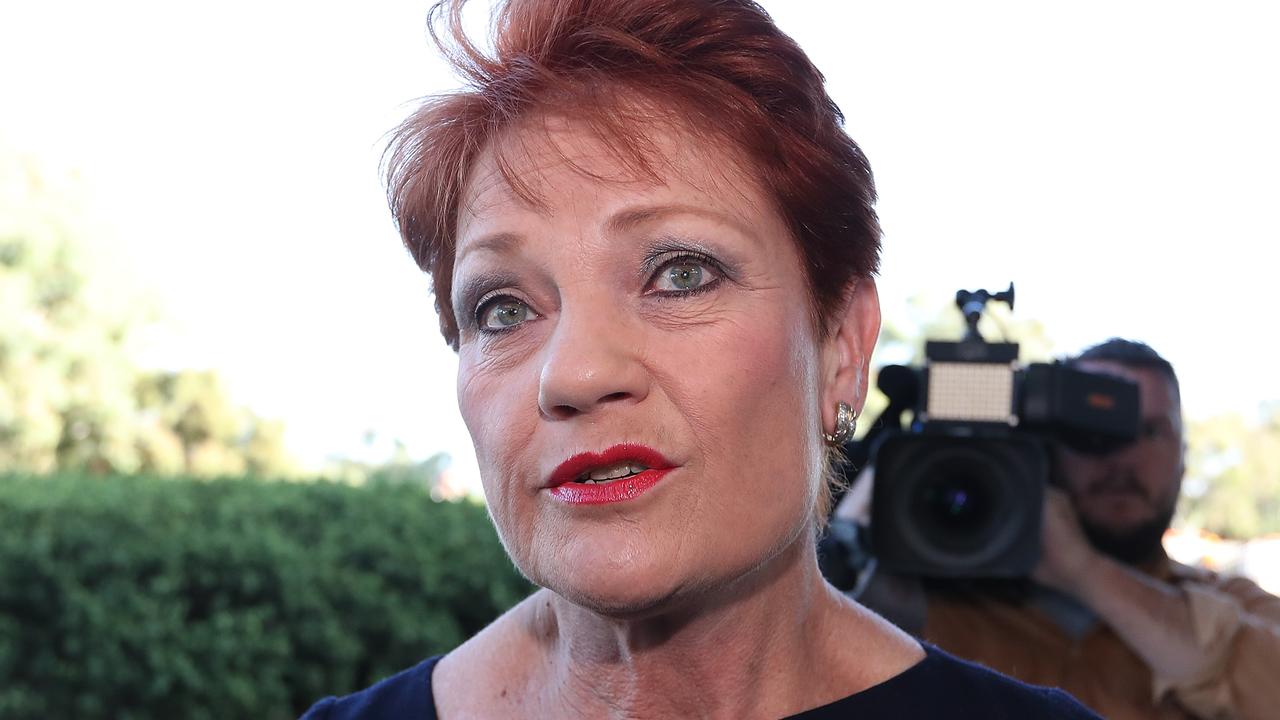Immigration figures show Afghans, Iraqis top visa approvals
Refugees from Afghanistan, Iraq and Myanmar have dominated Australia’s humanitarian program in the past decade.

Refugees from Afghanistan, Iraq and Myanmar have dominated Australia’s humanitarian program in the past decade, accounting for about half of all humanitarian visas granted.
Immigration Department figures show that in 2013-14, refugees from Afghanistan and Iraq made up 46 per cent of the 11,000 visas allocated under the offshore humanitarian program, followed by Myanmar, which accounted for about 16 per cent.
The figures also show Australia refused about 80 per cent of offshore humanitarian applications in 2013-14, in most cases because the government quota had been filled.
Last year was the first time Syrian refugees were among the top five nationality groups resettled in Australia, with 2200 visas granted under the special humanitarian program, about double the number in 2013. A similar number was granted to Iraqi refugees.
The increase came after the government announced it would increase its intake of refugees displaced by Middle East conflict, committing to accept 4500 Syrians in the next three years.
Australia’s permanent visa humanitarian program comprises an offshore component that resettles people through the UNHCR and a smaller, onshore component for those who seek asylum once arriving in the country.
Australia is one of only about 20 countries that participates in the UNHCR’s resettlement program, which contributes to resettling fewer than 1 per cent of the world’s refugees. Since the government introduced its boat turnback policy, the number of onshore claims has dropped from 7500 in 2013-13 to 2750 last year, with most claimants arriving by air.
While boat arrivals have fluctuated, the total number of refugees coming to Australia via the humanitarian program has been relatively stable at between 12,000 and 13,750 since the mid-1990s
Labor temporarily increased the intake to 20,000 places in 2012-13 following recommendations in a report by the Expert Panel on Asylum Seekers aimed at preventing deaths at sea.
After cutting the humanitarian program to 13,750 places last year, the Coalition has since committed to increasing placements to 16,250 in 2017-18, rising to 18,750 places in 2018-19.
In 2013-14, there was a surge in offshore applications for protection, with 72,000 people seeking humanitarian visas, an almost 40 per cent jump in demand driven largely by Middle East conflict.



To join the conversation, please log in. Don't have an account? Register
Join the conversation, you are commenting as Logout